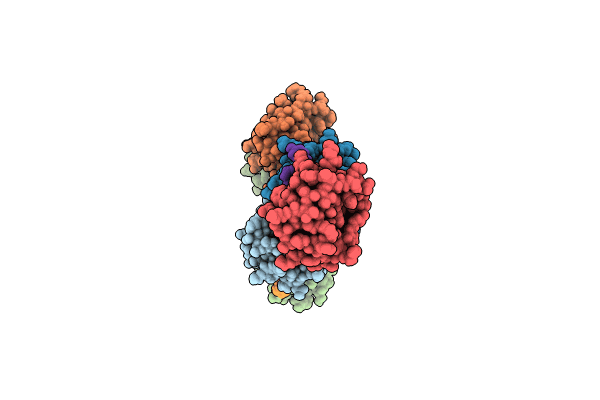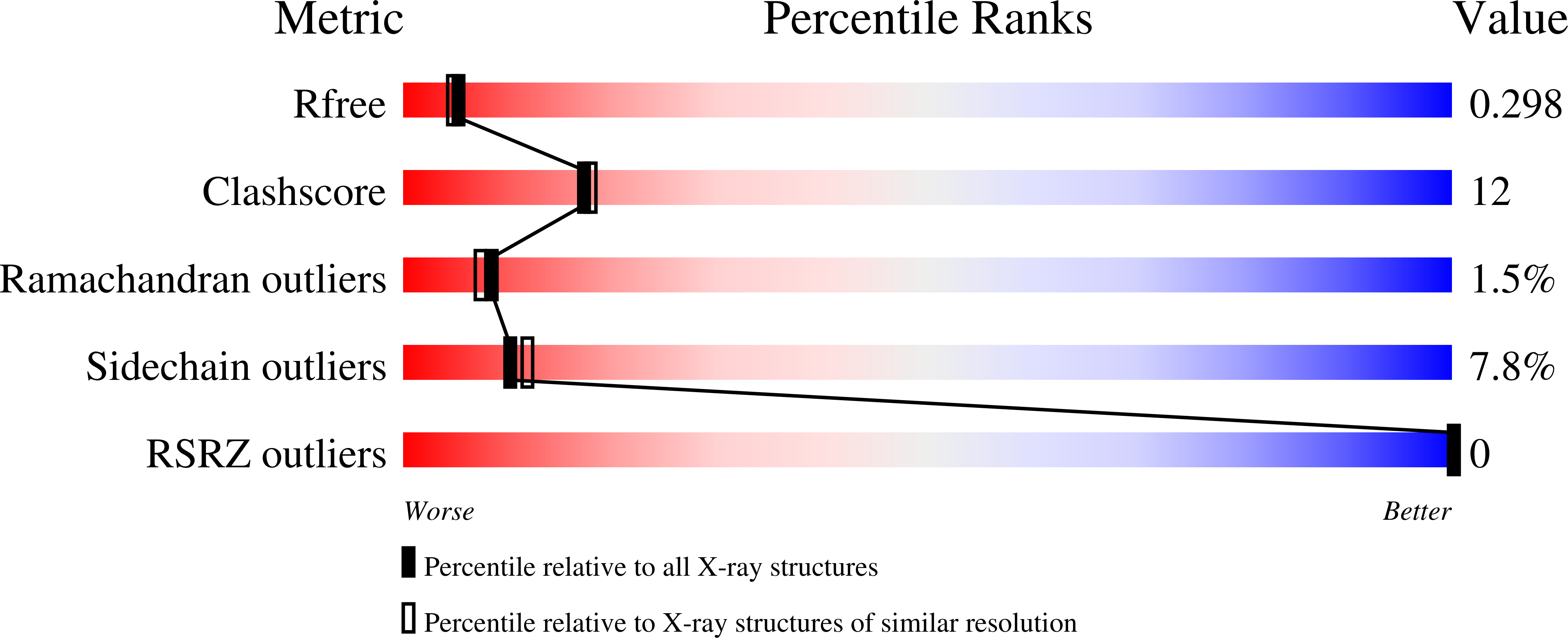
Deposition Date
2023-02-22
Release Date
2024-11-13
Last Version Date
2025-05-28
Entry Detail
Biological Source:
Source Organism:
Homo sapiens (Taxon ID: 9606)
synthetic construct (Taxon ID: 32630)
synthetic construct (Taxon ID: 32630)
Host Organism:
Method Details:
Experimental Method:
Resolution:
2.43 Å
R-Value Free:
0.29
R-Value Work:
0.23
Space Group:
P 1 21 1


